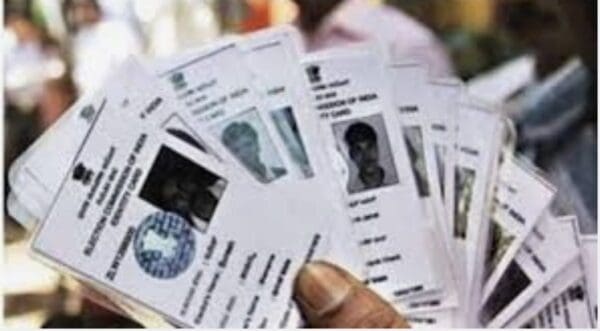Report: How Duplicate Voter Identification Numbers Can STEAL or Nullify Your Vote

Duplicate identification numbers open the door to bad actors to steal or nullify your vote. Here’s how duplicates come about and how to stop them from falling into the wrong hands.
The State of Michigan has 8.2 million registrants on the Qualified Voter File as of July 2023. To be eligible to register to vote in Michigan, an individual must be a U.S. Citizen, at least 17 ½ years of age, a resident of the state, and a resident of the township or city where they register.
According to Michigan law, MCL 168.495, the registration application must contain the applicant’s name, address (including apartment number, rural route and box number, city or township, and county), birthdate, driver license or state personal identification card number, status of citizenship, location of last registration, and the applicant’s signature. After the information is verified and the applicant qualifies, the applicant is registered and issued a voter ID number unique to that individual in that state.
This voter ID number then generates additional data, such as registration date, the location of registration, and links to other information already in state and federal databases regarding the registrant. Information attached to a driver’s license or vehicle registration from the Secretary of State’s office includes, among other information, enhanced driver license data and enhanced official state personal identification, plus the person’s gender and social security number.
This unique voter ID number is supposed to follow an individual when he or she moves within the state or has a name change. If an individual is issued more than one voter ID number, they need to notify the local township or city clerk’s office immediately to have it corrected. The election official will be able to see other personal identifying information associated with the voter ID numbers in question (for example the person’s birthdate, driver’s license number, and social security number) to determine if a duplicate ID number was issued.
Below are examples of what duplicates may look like:
Full middle name vs. middle initial only (Same first and last name, year of birth, and address):
 The Gateway Pundit
The Gateway Pundit















